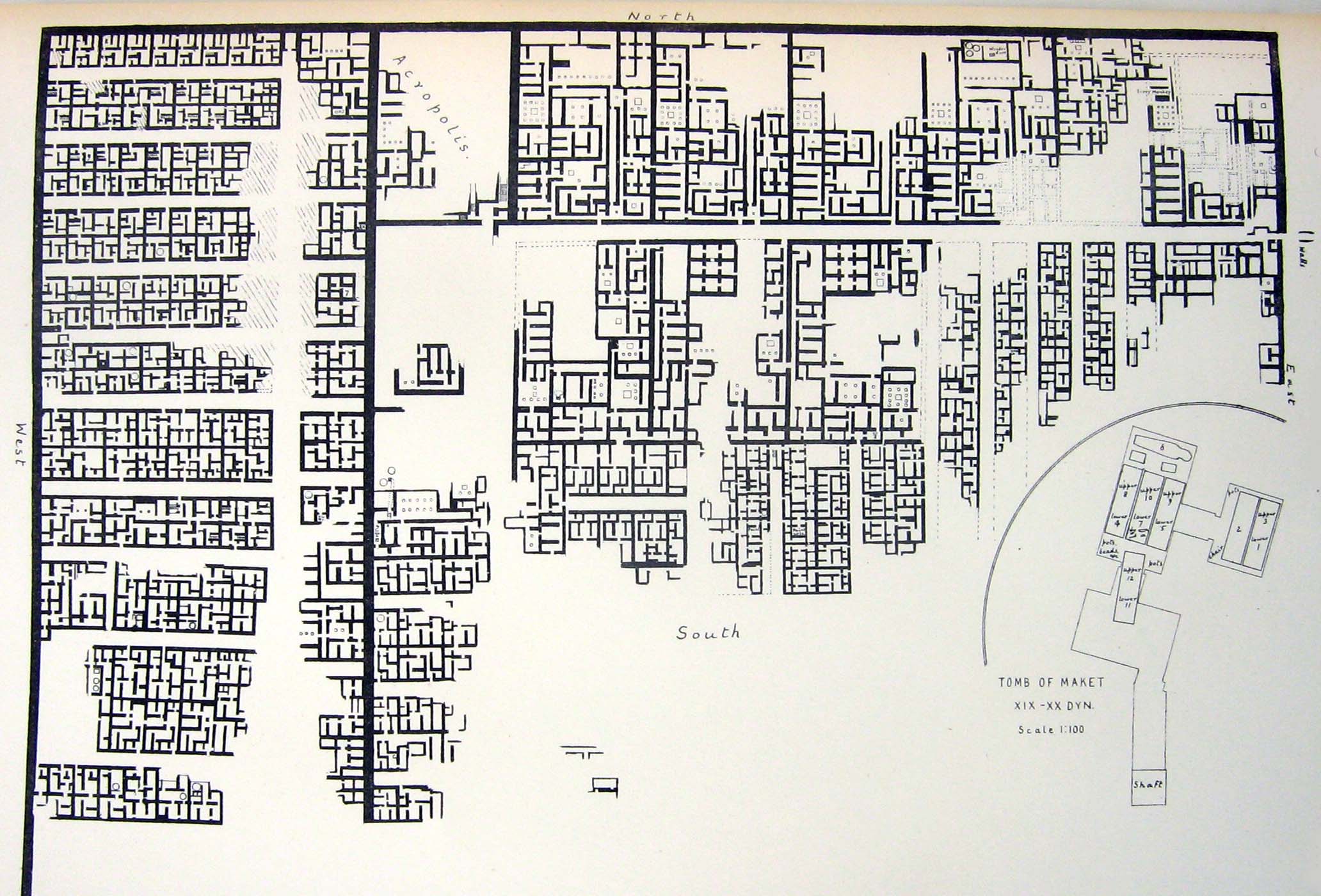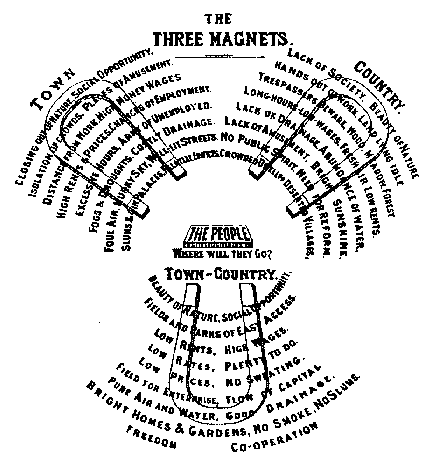|
Albion, Victoria
Albion is a suburb in Melbourne, Victoria, Australia, west of Melbourne's Central Business District, located within the City of Brimbank local government area. Albion recorded a population of 4,334 at the . Albion is bordered on the north by Ballarat Road, the south by Forrest Street, the west by Kororoit Creek and the east by Anderson Road. The suburb is completely surrounded by other parts of Sunshine except for Ardeer, which lies to Albion's due west across Kororoit Creek. History The area was originally called Darlington, from at least 1860 to about 1890. The area originally known as Albion was directly west of Duke Street, as can be noted by the many streets there named after English counties and placenames – Albion being an ancient name for the island of Great Britain. Albion station opened on 5 January 1860 as ''Albion and Darlington'' but closed a year later. It was not until 1919 that a new station was opened on the same site with the name ''Albion'' station. ... [...More Info...] [...Related Items...] OR: [Wikipedia] [Google] [Baidu] |
Electoral District Of St Albans
The electoral district of St Albans is an electoral district of the Victorian Legislative Assembly. It has existed in 2 incarnations, first from 1985 to 1992, and was created again in the 2013 redistribution and came into effect at the 2014 state election. It largely covers the area of the abolished seat of Derrimut, including the Melbourne Melbourne ( ; Boonwurrung/Woiwurrung: ''Narrm'' or ''Naarm'') is the capital and most populous city of the Australian state of Victoria, and the second-most populous city in both Australia and Oceania. Its name generally refers to a met ... outer western suburbs of St Albans, Sunshine, Keilor Downs, Kealba, Albion and Ardeer. St Albans was retained at the 2014 election by Labor candidate Natalie Suleyman. Members for St Albans Election results References External links District profile from the Victorian Electoral Commission Electoral districts of Victoria (Australia) 1985 establishments in Australia 1992 ... [...More Info...] [...Related Items...] OR: [Wikipedia] [Google] [Baidu] |
Albion Railway Station, Melbourne
Albion railway station is located on the Sunbury line in Victoria, Australia. It serves the western Melbourne suburb of Albion, and it opened on 5 January 1860 as Albion and Darlington. It closed on 1 January 1861, and reopened on 24 March 1891 as Albion.Albion Vicsig The Melbourne – Sydney standard gauge line passes to the east of the station and, along with the Albion – Jacana freight line, branches off north of the station. History The Melbourne & Murray River Railway (now the |
John Darling And Son
John Darling and Son was an Australian wheat merchant and flour milling company founded in Adelaide, South Australia, for many years the largest in Australia. It was founded by John Darling Sr. (1831–1905), a businessman of Scottish origin, and Member of Parliament for 25 years. He was succeeded by his eldest son, John Darling, Jr. (1852–1914), also a Member of Parliament, then by Harold Gordon Darling. It was registered as a private company in Victoria in 1953 with three directors: Norman Darling, Leonard Darling, and Leonard Gordon Darling. Origin John Darling (23 February 1831 – 10 April 1905) was born in Edinburgh, Scotland, in 1831, second son of John Darling of Duns, into a family of modest means, and was educated at George Heriot's School. His father died when he was 10, and he was forced to leave school at the age of 11. His first job was as an office boy at the printing shop of Balfour & Jack, but lost that job after six or eight weeks. He next worked at Dunc ... [...More Info...] [...Related Items...] OR: [Wikipedia] [Google] [Baidu] |
Storm Drain
A storm drain, storm sewer (United Kingdom, U.S. and Canada), surface water drain/sewer (United Kingdom), or stormwater drain (Australia and New Zealand) is infrastructure designed to drain excess rain and ground water from impervious surfaces such as paved streets, car parks, parking lots, footpaths, sidewalks, and roofs. Storm drains vary in design from small residential dry wells to large municipal systems. Drains receive water from street gutters on most motorways, freeways and other busy roads, as well as towns in areas with heavy rainfall that leads to flooding, and coastal towns with regular storms. Even gutters from houses and buildings can connect to the storm drain. Many storm drainage systems are gravity sewers that drain untreated storm water into rivers or streams—so it is unacceptable to pour hazardous substances into the drains. Storm drains sometimes cannot manage the quantity of rain that falls in heavy rains or storms. Inundated drains can cause baseme ... [...More Info...] [...Related Items...] OR: [Wikipedia] [Google] [Baidu] |
Stony Creek, Melbourne
Stony Creek is located in the western suburbs of Melbourne, Victoria, Australia. It runs through the suburbs of St Albans, Albion, Sunshine, Braybrook, Tottenham, Brooklyn, Kingsville and Yarraville. in its upper reaches Stony Creek's environmental state is very poor; it is best characterised as a concrete stormwater drain for these sections of its course. Through most of Sunshine it has been directed underground coming out at Matthews Hill Reserve. It then becomes a pleasantly treelined creek before passing through heavily industrialised areas. Stony Creek joins the Yarra River under the Westgate Bridge at thStony Creek Backwashwhere it is fringed with mangroves. The ''Friends of Stony Creek'' is a group that works to restore native vegetation and protect the area. In April 2018, the ''Upper Stony Creek Transformation'', a project to return a 1.2 km section of Stony Creek in Sunshine North Sunshine North is a suburb in Melbourne, Victoria, Australia, we ... [...More Info...] [...Related Items...] OR: [Wikipedia] [Google] [Baidu] |
Brooklyn, Victoria
Brooklyn is a suburb in Melbourne, Victoria, Australia, west of Melbourne's Central Business District, located within the Cities of Brimbank and Hobsons Bay local government areas. Brooklyn recorded a population of 1,979 at the 2021 census. Demographics According to the the population of Brooklyn is 1,856, approximately 47.6% females and 52.4% males. The median/average age of the people in Brooklyn is 33 years. 56.2% of people living in the suburb of Brooklyn were born in Australia. The other top responses for country of birth were 4.1% Vietnam, 3.3% Italy, 2.8% China, 3.6% New Zealand, 2.3% and 2.4% India. 55% of people living in Brooklyn speak English only. The other top languages spoken are 5.1% Vietnamese, 4.3% Italian, 3.6% Cantonese, 2.7% Mandarin and 2.4% Arabic. Religious affiliations in Brooklyn are 30.9% no religion, 24.9% Catholic, 7.3% Islam, 4.6% Eastern Orthodox. Transport * Route 232: Altona North – City (Queen Victoria Market) * Route 411: Laverton S ... [...More Info...] [...Related Items...] OR: [Wikipedia] [Google] [Baidu] |
Federation Trail
The Federation Trail is a shared use path for cyclists and pedestrians, which mainly follows the heritage-listed Main Outfall Sewer through the western suburbs of Melbourne, Victoria, Australia. There are three bridges spanning across major arterial roads, as well as button-activated traffic light crossings at most other major road-trail intersections. For safety reasons, cyclists are no longer allowed to ride on the metropolitan section of the Princes Freeway (or any other urban freeway). The Federation Trail therefore is the preferred alternative route. West of Werribee, where the Federation Trail ends, Geelong-bound cyclists may use the freeway shoulders, as it is then considered a rural freeway. The trail was officially opened on 22 October 2006. In 2010 work started on extending the trail from Millers Road to Williamstown Rd. Completion of stage 1 of the VicRoads Truck Action Plan should see the trail finally connected from Williamstown Road to the Hobsons Bay Coastal ... [...More Info...] [...Related Items...] OR: [Wikipedia] [Google] [Baidu] |
Kororoit Creek Trail
__NOTOC__ The Kororoit Creek Trail is a shared use path for cyclists and pedestrians, which follows the Kororoit Creek in the inner western suburbs of Melbourne, Victoria, Australia. The interrupted upper section is located in Burnside and Deer Park, the uninterrupted middle section starts in Ardeer and proceeds to Brooklyn, while the lower section is located in Altona. Following the trail Upper section (interrupted) The trail starts in Caroline Springs, on to Burnside continuing through to Albanvale and then Deer Park (approx 10 km). The trail starts as a concrete path in Caroline Springs, where Caroline Springs Boulevarde crosses the creek. Some 2 km later use the road section from Westwood Drive to Bilungah Place. This leads to a gravel section and a ford to access the east side of the creek. A 1 km concrete path leads to a small footbridge near the Deer Park Secondary College at Deer Park. If the ford is flooded, a nearby road route can be used to a ... [...More Info...] [...Related Items...] OR: [Wikipedia] [Google] [Baidu] |
Cul-de-sac
A dead end, also known as a cul-de-sac (, from French for 'bag-bottom'), no through road or no exit road, is a street with only one inlet or outlet. The term "dead end" is understood in all varieties of English, but the official terminology and traffic signs include many different alternatives. Some of these are used only regionally. In the United States and other countries, ''cul-de-sac'' is often not an exact synonym for ''dead end'' and refers to dead ends with a circular end, allowing for easy turning at the end of the road. In Australia and Canada, they are usually referred to as a ''court'' when they have a bulbous end. Dead ends are added to road layouts in urban planning to limit through-traffic in residential areas. While some dead ends provide no possible passage except in and out of their road entry, others allow cyclists, pedestrians or other non-automotive traffic to pass through connecting easements or paths, an example of filtered permeability. The Internati ... [...More Info...] [...Related Items...] OR: [Wikipedia] [Google] [Baidu] |
Town Planning
Urban planning, also known as town planning, city planning, regional planning, or rural planning, is a technical and political process that is focused on the development and design of land use and the built environment, including air, water, and the infrastructure passing into and out of urban areas, such as transportation, communications, and distribution networks and their accessibility. Traditionally, urban planning followed a top-down approach in master planning the physical layout of human settlements. The primary concern was the public welfare, which included considerations of efficiency, sanitation, protection and use of the environment, as well as effects of the master plans on the social and economic activities. Over time, urban planning has adopted a focus on the social and environmental bottom-lines that focus on planning as a tool to improve the health and well-being of people while maintaining sustainability standards. Sustainable development was added as one of ... [...More Info...] [...Related Items...] OR: [Wikipedia] [Google] [Baidu] |
Garden City Movement
The garden city movement was a 20th century urban planning movement promoting satellite communities surrounding the central city and separated with greenbelts. These Garden Cities would contain proportionate areas of residences, industry, and agriculture. Ebenezer Howard first posited the idea in 1898 as a way to capture the primary benefits of the countryside and the city while avoiding the disadvantages presented by both. In the early 20th century, Letchworth, Brentham Garden Suburb and Welwyn Garden City were built in or near London according to Howard's concept and many other garden cities inspired by his model have since been built all over the world. History Conception Inspired by the utopian novel ''Looking Backward'' and Henry George's work '' Progress and Poverty'', Howard published the book '': a Peaceful Path to Real Reform'' in 1898 (which was reissued in 1902 as '' Garden Cities of To-morrow''). His idealised garden city would house 32,000 people on a site of , ... [...More Info...] [...Related Items...] OR: [Wikipedia] [Google] [Baidu] |







